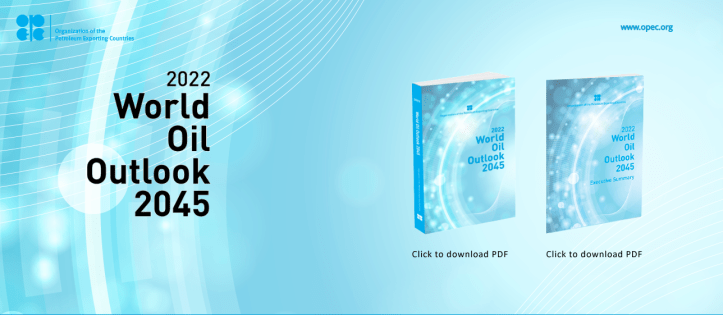
From Friends of Science Calgary
Contributed by Robert Lyman © 2022. Robert Lyman’s bio can be read here.
Throughout the centuries, people have predicted the future by gazing into a crystal ball and entering a meditative state. Sometimes, they peered at different types of stones and surface types. Nostradamus used a big fancy Obsidian mirror for his predictive fortune telling work. Modern forecasters tend to use more scientific methods, and like their predecessors, often come to conclusions perhaps more influenced by the perspective of the forecaster than the rigor of the method.
This is perhaps especially true when the forecaster seeks to understand what will happen in global energy markets and the related greenhouse gas emissions. The International Energy Agency views the future through the prism of European obsession with climate change. The US Energy Information Administration seeks to balance an objective assessment of supply and demand with the political aspirations of the current Administration. OPEC, the Organization of Petroleum Exporting Countries, is equally rigorous, but views matters from the perspective of the oil producers and, more broadly, from an Asian viewpoint. This makes its most recent report, World Oil Outlook 2045, uniquely interesting.

To begin with, OPEC is decidedly optimistic about future growth, at least for some regions. Using the latest United Nations data, it projects the global population will increase by 1.6 billion between 2021 and 2045, with over 96% of that growth happening in the non-OECD countries. Rejecting the current media gloom and doom, OPEC sees global GDP increasing by three per cent per year on average over the period, so that the global economy in 2045 will be double the size it was in 2021.
The consequences of this are not good for those who think the world must quickly shrink its energy consumption on the way to so-called “net-zero” GHG emissions by 2050. OPEC projects global primary energy demand to increase from 286 million barrels of oil equivalent (mboe/d) a day in 2021 to 351 mboe/d in 2045, a rise of 23%. Worse, hydrocarbons (oil, natural gas and coal) will still constitute 79% of energy consumption, and biomass (10%) and renewables (11%) will remain far behind, notwithstanding trillions of dollars in government subsidies. Horror of horrors, oil consumption will rise from about 99 million barrels today to 107 million barrels per day in 2027 before (perhaps) gradually declining to 2045.
There are many factors influencing these trends, including notably increased urbanization in most countries and a population boom in much of Asia and Africa. The aviation, road transportation and petrochemical sectors will be the main contributors to future growth in oil demand. Strikingly, the total vehicle fleet is projected to increase from about 1.5 billion in 2021 to 2.5 billion in 2045, with most of the growth in Asia.
Even though OPEC foresees the electrical vehicle fleet being about 540 million vehicles by 2045, internal combustion engine vehicles would still be about 78% of the global fleet.
What does all this mean for energy-related carbon dioxide emissions?
Based on projected policies in the OECD countries, CO2 emissions there are set to decline by three billion tonnes per year between 2021 and 2045.
This will be more than offset by increased emissions in the developing non-OECD countries, so that by 2045 global emissions will be higher, not lower, than in 2021!
According to the UN, global carbon dioxide emissions will have to decline by at least 70% from today’s levels by 2050 and emissions in the developed OECD countries would have to decline effectively to zero. No doubt the proponents of alarm will continue to repeat that demand, but the projections of at least one major forecaster show how unlikely it is.

Source: https://clintel.org/
Average global temperatures have risen just over one degree Celsius since 1860. Environmentalists’ claims of impending climate catastrophe can be addressed by other authorities. OPEC’s crystal ball at least portrays a more hopeful future world in which we will have much more income and resources to respond to, or adapt to, whatever comes.

Related:
When Giants Arise https://blog.friendsofscience.org/2021/03/01/when-giants-arise-the-real-world-of-ghg-emissions-and-growth/



You must be logged in to post a comment.